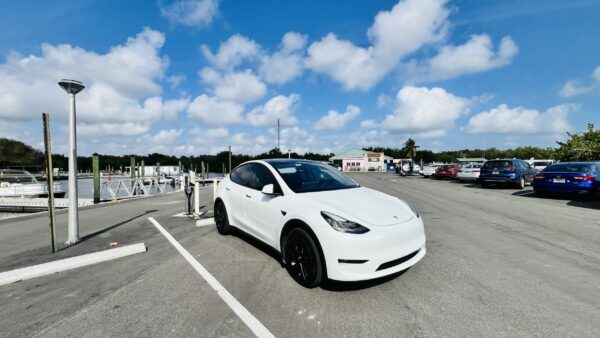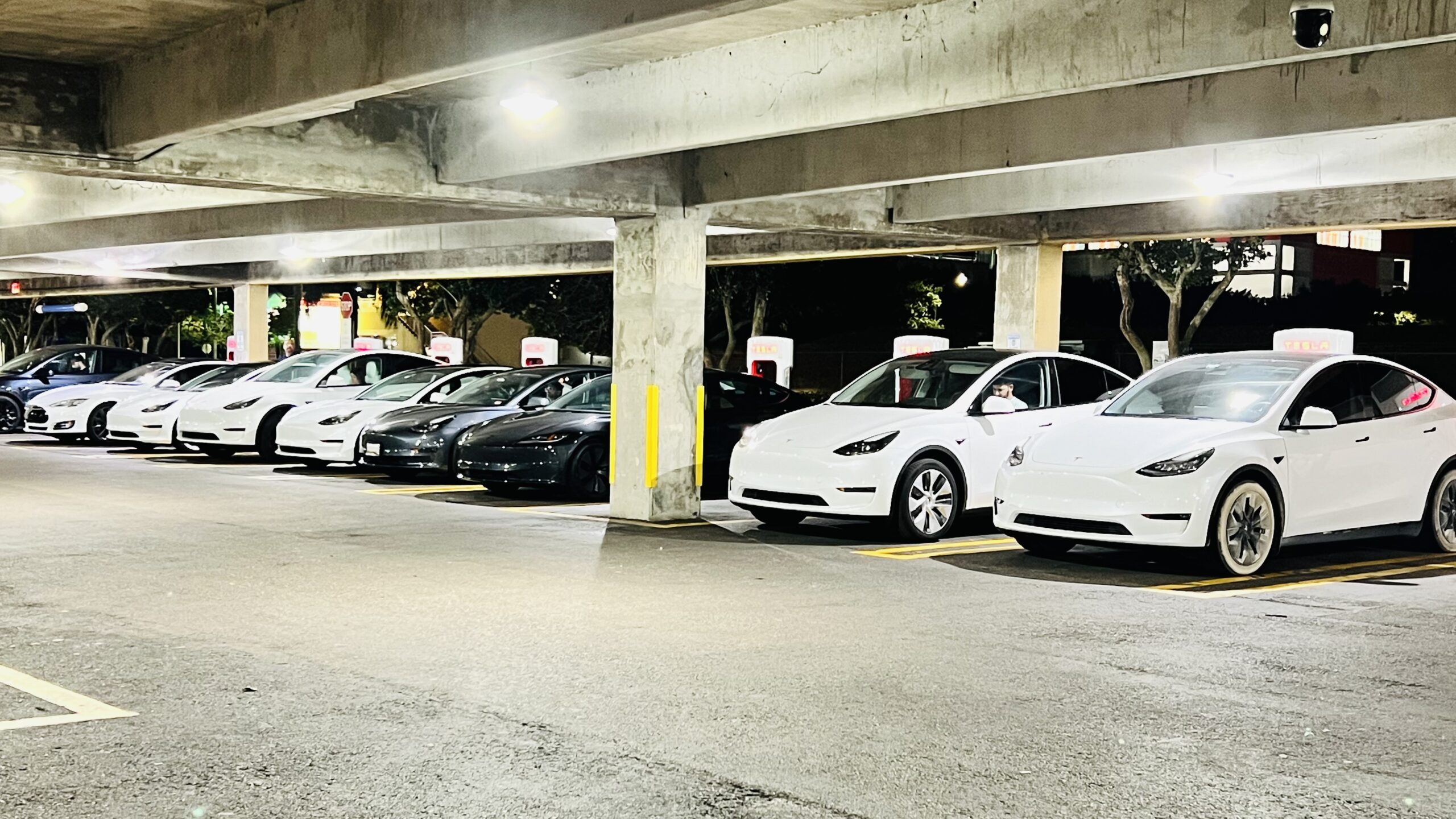
(Author’s note: This article is in no way anti-electric vehicle. However, if we expect electric vehicles to become mainstream, we need to take a hard look at the barriers involved and point out the things that need improving.)
Earlier this month, Elon Musk announced he was disbanding the Tesla Supercharger team. This comes as a shock, especially after my personal experience renting a Tesla for a recent Florida vacation. Read on to find out why.
My ten-year-old son has been obsessed with Teslas for years. Not because he thinks they’re going to save the planet but because he thinks they’re fast, look cool, and can drive themselves. So when he picked one out as our rental car for a recent trip to the Florida Everglades, I asked, “Why not?” I work in promoting clean energy. It may be time to figure out what these cars are all about. Turns out, it was the worst decision of our entire trip – and that’s a good thing.
Driving a Tesla for the first time was an adventure, especially when venturing into remote parts of the state, like where the tip of the Florida Everglades meets the salt water of Florida Bay in Flamingo. Florida Everglades National Park boasts EV chargers at all of their visitor centers, including Homestead, where our trip was starting, and Flamingo, where our turnaround point was to head back to our hotel in Miami.
“After several phone calls, we were told, ‘Sometimes chargers just don’t work.’ Ever the optimist, I thought, ‘No big deal. There’s another charger in Flamingo. That one will work.'”
After a day of sightseeing and a long drive, we arrived at Flamingo with a 40% charge. It was a hot day, and running the A/C was draining the car’s battery faster than expected. But this time, luck was on our side; the Tesla and the charger finally linked. With a sigh of relief, we left the car to explore, hopeful that our charging woes were behind us.
Nearly three hours later, we returned to the car to find we were kicked off the charger and had only gained a 3% charge, so now we’re at 43%.

We make it to Florida City. What do we find? A scene reminiscent of a gas station during a fuel crisis – every charger occupied (eight of them), with a line of Teslas eagerly awaiting their turn. It’s getting dark, and my kids’ bellies are starting to rumble. We wait 20 minutes, and not one of the herd of charging Teslas has budged. GPS tells us that if we head towards our hotel in Miami, we’ll have a 6% charge left, and a Tesla Supercharger is 3 miles away, so off we go.
“What do we find? A scene reminiscent of a gas station during a fuel crisis – every charger occupied (eight of them), with a line of Teslas eagerly awaiting their turn.”
While renting a Tesla may have initially seemed like a regrettable decision, it provided invaluable insights into the demand for EV infrastructure. The experience highlighted the urgent need for more accessible and efficient charging stations, especially in regions like South Florida.
As someone involved in promoting clean energy, this journey served as a wake-up call. It’s not enough to champion electric vehicles without ensuring the infrastructure to support them. Our Tesla rental may have been fraught with challenges, but it ultimately underscored the importance of investing in a clean energy future.
In hindsight, our Tesla rental debacle was not just a series of unfortunate events – it was a lesson in the tangible demand for EV infrastructure. And that’s a lesson worth heeding as we strive towards tomorrow. Listen up, Elon Musk!
Angela Larck is republicEn’s engagement director and a confessed national parks nerd. She recently purchased her first PHEV.
